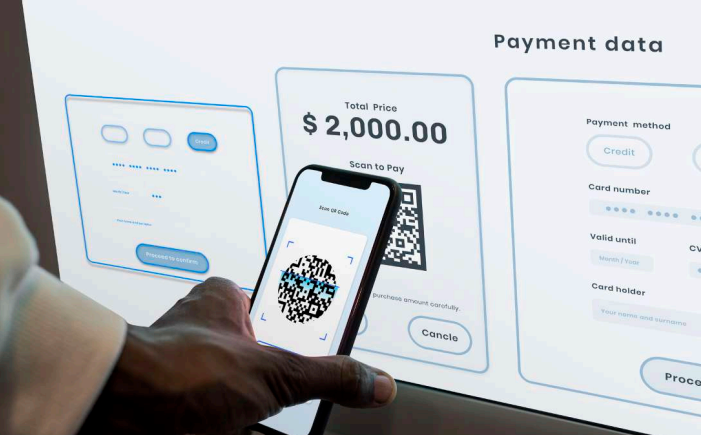In the dynamic economic landscape of Southeast Asia (SEA), the fintech industry is emerging as a powerhouse of innovation. SEA’s fintech industry is driven by a rapidly growing digital economy and a tech-savvy population. In this article, we explore an overview of the SEA fintech market, key trends, challenges, and opportunities shaping the future of digital finance in the region.
Digital Economy Growth and Adoption
SEA's digital economy is on track to exceed 300 billion US dollars by 2025, driven by robust growth in internet users and digital adoption across the region. Countries like Malaysia, Singapore, and Thailand boast high internet penetration rates, while Indonesia presents opportunities for greater digital adoption in the coming years. The digital economy's growth is fueled by sectors like e-commerce and online media, indicating a shift towards a more digitally-driven economy.
This region presents a vast market opportunity for fintech companies, fueled by a growing population and increasing GDP. Countries like Vietnam and the Philippines are expected to witness significant GDP growth, while the expanding middle class across the region creates a favorable environment for innovative financial solutions. However, despite the market potential, challenges such as large unbanked or underbanked populations underscore the need for improved financial inclusion and the creation of new markets.
Despite macroeconomic headwinds, fintech funding activity in SEA remains strong, with Singapore and Indonesia dominating the market. The payments vertical receives the largest investment, followed by cryptocurrency and WealthTech. Late-stage funding rounds, such as Akulaku's 200 million USD round and Coda Payment's Series C round, demonstrate investor confidence in the region's fintech ecosystem.
Key Fintech Segments
- Digital Payments: Mobile wallets and QR codes are increasingly popular payment methods in SEA, driven by the growth of e-commerce and the preference for cashless transactions. Cross-border payments are expected to become more seamless, facilitating trade and remittances across the region.
- Digital Lending: Digital lending is poised to become a primary revenue driver for digital financial services in SEA. Automated loan origination procedures will expand access to financial services for underserved communities, providing convenient financing options for online activities.
- InsurTech: InsurTech is revolutionizing the traditional insurance industry by offering personalized, on-demand, and data-driven insurance products. Microinsurance and parametric insurance cater to underserved populations, providing affordable and accessible insurance solutions. Collaborations between InsurTech firms and traditional insurers are accelerating innovation and market penetration.
- WealthTech: WealthTech democratizes access to financial advisory services and investment opportunities. Robo-advisors provide automated investment management, while digital platforms make it easier for investors to access and manage their wealth portfolios.
- Cryptocurrency: Cryptocurrency adoption is expected to grow in SEA, driven by increasing awareness of its benefits. Regulatory frameworks will evolve to provide clarity, while cryptocurrencies will be explored for new use cases such as cross-border payments and remittances.
While challenges remain, the opportunities for growth and impact of the SEA fintech market are immense. By embracing technology, collaboration, and regulatory compliance, Southeast Asia's fintech industry is poised for continued success in the years to come.
To get further insight into the latest financial technology trends emerging in Asia's markets, subscribe to our newsletter here and check out these reports:






